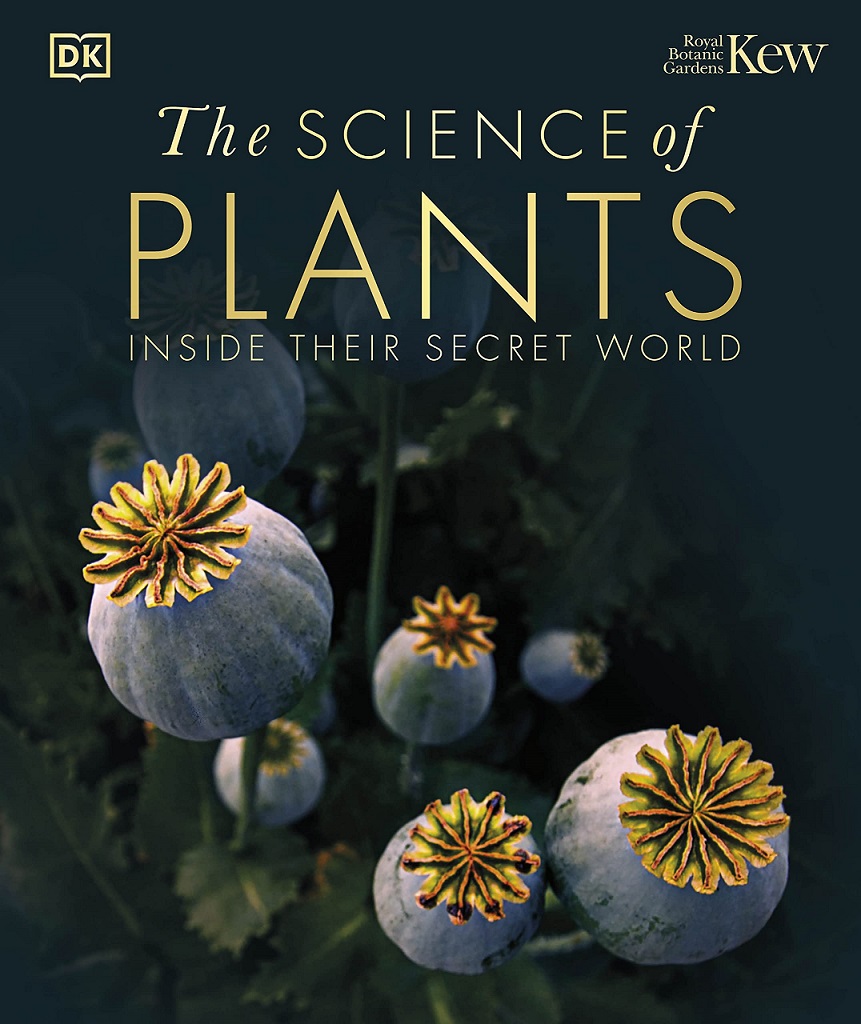These two Dorling Kindersley books use a mixture of stunning photography, ancient lore, basic biology and practical knowledge to bring to life the importance and fascination of some of the planet’s plant life.
 Sean Sheehan
Sean Sheehan
The photographs do their job of draw ing the reader in while the drawings and text keep the reader’s involvement.
Considering the rate at which humans are destroying the Amazon rainforest, “The tree book” should be required reading for everyone.
Its opening pages give the lowdown on what trees are and the vital role they play in the continuance of life on earth.
Huge and simple diagrams show trees’ internal structure, their evolution and reproduction alongside some startling information, such as the size and weight of the double coconut seed (25kg) or the dependence of the cassowary plum tree on the digestive system of one kind of animal for its seed to germinate.
The book touches on some ideas about forest life – such as the Wood Wide Web, the theory that trees cooperate with one another, sending nutrients and danger warnings to their saplings through a network of mycorrhizal root fibres and fungal hyphae – that challenge traditional divisions between different forms of life.

“The tree book” takes a look at individual species, providing a little bit of biology, some history of the tree’s relations with humanity, their place in the functioning of their environment, their uses and myths and stories that surround them. It’s not a book to be taken in on one sitting but one to come back to time and again.
“The science of plants”, like “The tree book”, is a striking work of artistry, with photographs, illustrations and diagrams that become little works of art in themselves. The book looks at all plant life from a scientific viewpoint, first explaining the breadth of the plant kingdom and distinguishing it from other organisms such as fungi which, being unable to manufacture their own food from sunlight, are more closely related to animals than plants.
 Further into the book, we learn that roots take on many forms and functions, from sourcing and storing water and nutrients to anchoring and supporting the plants, forming bonds with bacteria to take nitrogen from the atmosphere and even in some cases re-establishing the plant after major damage.
Further into the book, we learn that roots take on many forms and functions, from sourcing and storing water and nutrients to anchoring and supporting the plants, forming bonds with bacteria to take nitrogen from the atmosphere and even in some cases re-establishing the plant after major damage.
Clear diagrams explain complex processes and little bits of human culture creep in as the book looks at the way artists have responded to the plant world, from Dürer’s beautiful watercolour of a clump of grass to Japanese woodblock prints, ancient herbals and Van Gogh’s “Tree roots”.
These artists could never have imagined that a time would come – as it has now – when two out of every five plant species are threatened with extinction.
“The tree book” and “The science of plants: inside their secret world” are published by DK.












.jpg)












